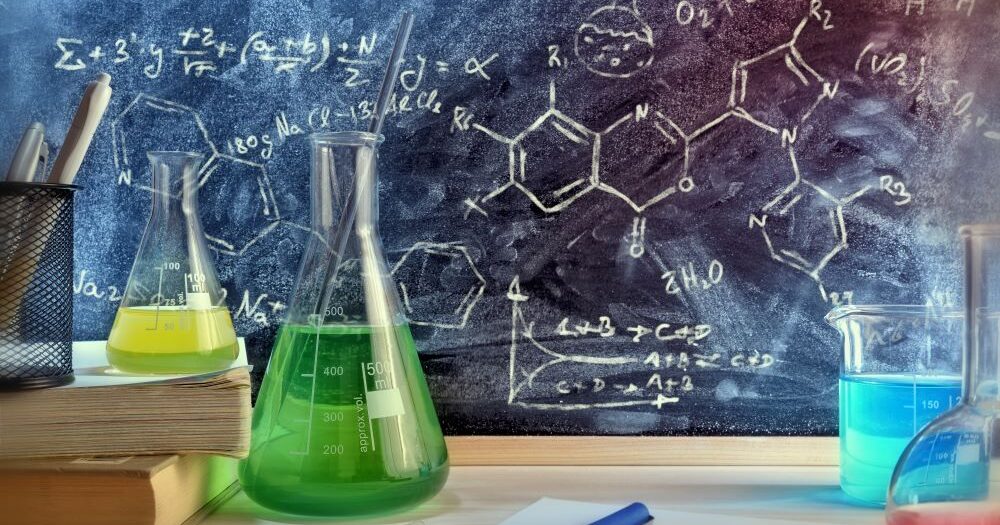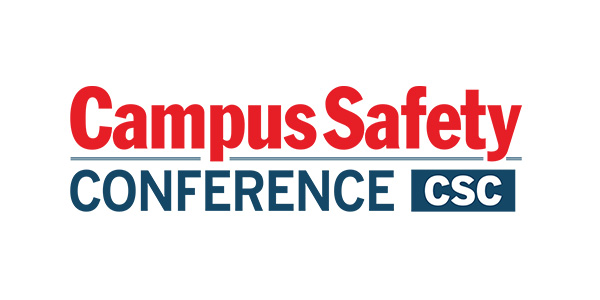A 15-year-old student and teacher sustained burns when a fire erupted during a chemistry experiment at Brookline High School’s summer program on July 3. The incident highlights the need for laboratory safety precautions at educational institutions.
The student received first- and second-degree burns to the hands, chest and face after their shirt caught fire during an experiment involving isopropyl alcohol, reports Brookline News. Brookline firefighters treated the student at the scene before transport to Boston Children’s Hospital. The teacher sustained less serious burns while helping extinguish the flames.
Related Article: Tabletop Exercise 6: Chemistry Teacher Drops Beaker Containing Mercury
Fire officials report that preliminary evidence indicates the highly flammable isopropyl alcohol ignited during the experiment, causing the student’s clothing to catch fire. Another student used a fire extinguisher to help control the blaze. The Brookline Fire Department’s investigation team is examining the incident with assistance from the Massachusetts Fire Marshal’s office.
This accident underscores the critical importance of proper laboratory safety protocols and personal protective equipment (PPE) in educational settings. Chemical fires represent one of the most dangerous and common hazards in laboratory environments.
Fatal Laboratory Incidents Demonstrate Serious Risks
Laboratory fires and explosions constitute the most frequent type of laboratory hazard, with potentially fatal consequences. The 2009 death of University of California at Los Angeles research assistant Sheri Sangji serves as a stark reminder of these dangers.
Sangji, 23, died from burns covering 43% of her body after a flash fire occurred while she extracted t-butyl lithium using a plastic syringe. The chemical ignites instantly upon air exposure. She died two and a half weeks after the accident.
Prior inspections had identified multiple safety violations at the UCLA laboratory, including improper liquid storage and workers not wearing protective lab coats. Corrective measures had not been implemented at the time of the fatal incident.
Related Article: UCLA Professor Faces Years in Prison for Lab Fire Death
Since Sangii’s death, many other researchers have died in laboratory incidents worldwide, according to the Laboratory Safety Institute.
Top 5 Laboratory Safety Hazards
Laboratory environments present numerous risks that require constant vigilance and proper safety protocols. Understanding these hazards helps prevent accidents and protects laboratory personnel. According to Workrite Uniform Co., the following are the top five laboratory safety hazards:
1. Fire and Explosions
All chemicals and liquids in laboratory settings should be treated with the same caution as gasoline. Vapors can travel significant distances and may ignite when they encounter flames or sparks.
Fire extinguishers must be readily accessible, and all laboratory personnel must know their exact locations to prevent fire spread. Flame-resistant lab coats provide essential protection against thermal hazards.
2. Thermal and Chemical Burns
Both organic and inorganic chemicals may possess flammable or corrosive properties that can cause severe skin and eye damage. Laboratory workers must exercise extreme caution to prevent spills and splashes.
Proper personal protective equipment (PPE), including lab coats with flame-resistant and chemical-splash protection properties, provides critical barriers against burn injuries.
3. Skin Absorption of Chemicals
Preventing direct skin contact with chemicals represents a fundamental laboratory safety principle. Even non-corrosive chemicals can cause allergic reactions or other health problems when absorbed through the skin.
Gloves may be permeable to certain chemical reagents without showing visible deterioration. Workers must immediately replace gloves that have contacted such chemicals. Personnel should never touch their face or eyes until their hands are completely clean of all chemicals and solvents.
Chemical-protective lab coats prevent chemicals from wicking through fabric to reach the wearer’s skin.
4. Inhalation of Toxic Fumes
Many common solvents prove extremely toxic when inhaled. Certain chemicals can severely irritate membranes in the eyes, nose, throat and lungs.
Laboratory workers should never evaporate excess solvents and must maintain safe distances when pouring chemicals. Proper ventilation systems are essential for reducing inhalation risks.
5. Cuts to the Skin
Cuts represent one of the most common laboratory accidents. Severe cases may involve severed nerves and tendons. These injuries frequently occur when workers attempt to force corks or rubber stoppers into glass tubing, thermometers or distilling flasks.
Prevention requires making properly sized holes, lubricating corks or stoppers, and applying gentle pressure with rotation on glass portions.
Other lab risks, according to Vatix, include:
- Eye injuries
- Electrical hazards
- Slips, trips and falls due to wet floors, uneven surfaces, cluttered workspaces or poorly maintained walkways
- Biological hazards from exposure to infectious agents such as bacteria, viruses, fungi, and other microorganisms
- Ergonomic hazards that can lead to musculoskeletal disorders and other health issues resulting from repetitive tasks, poor posture, and improper workstation setups
Effective laboratory safety requires comprehensive approaches that address equipment, procedures and personnel training. Educational institutions must implement robust safety programs to protect students and staff.







